#italian landscape
Text
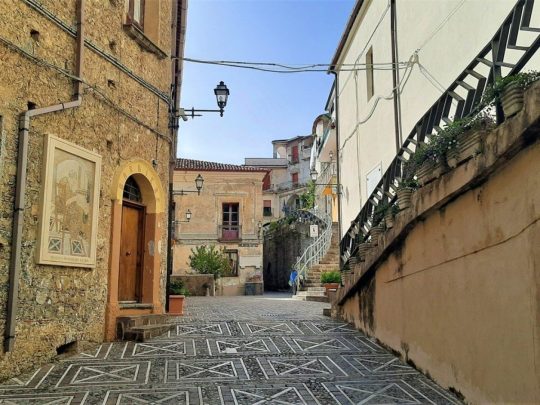

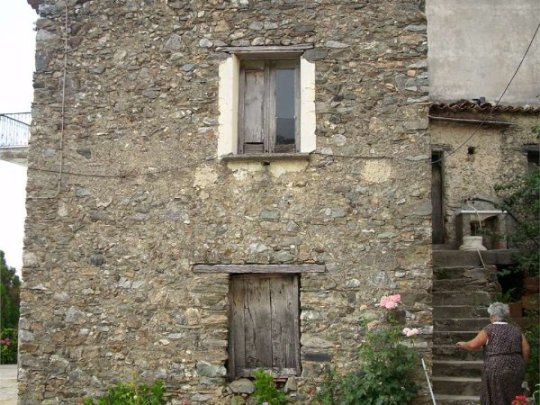


Buonvicino, Calabria, Italy
Follow us on Instagram, @calabria_mediterranea
#buonvicino#calabria#italy#italia#south italy#southern italy#mediterranean#italian#europe#landscape#italian landscape#mountainscape#mountains
26 notes
·
View notes
Photo



View of Naples with Castel dell'Ovo and Mount Vesuvius seen from the Salita di San' Antonio, 1819 by Franz Ludwig Catel
#Franz Ludwig Catel#romanticism#landscape#italian landscape#italy#naples#painting#oil painting#oil on canvas#art#19th century#19th century art#art details
490 notes
·
View notes
Text

Fujishima Takeji
Florence, Italy
#fujishima takeji#japanese prints#japanese art#japanese artist#japanese aesthetic#florence italy#italian landscape#cityscape#Florence#aesthetic#beauty#woodcut#woodblock print#modern art#art history#aesthetictumblr#tumblraesthetic#tumblrpic#tumblrpictures#tumblr art#tumblrstyle
62 notes
·
View notes
Photo
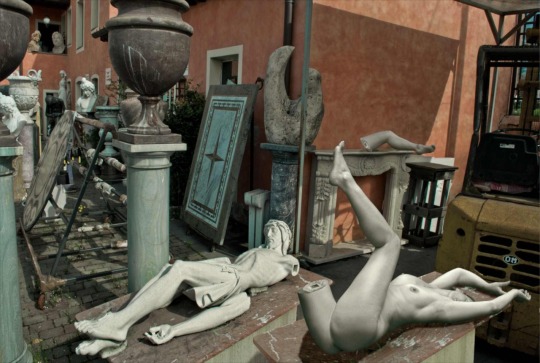
Timeless Elegance: Frank Horvat's 2011 Carrara Portrait, Where Fashion Meets Italian Landscape
#frank horvat#portrait#contemporary#italian landscape#photography#black and white#minimalism#fashion
41 notes
·
View notes
Photo

A view of the Waterfalls at Tivoli, 1814, attributed to Pierre Antoine Marchais
#Pierre Antoine Marchais#contemporary art#19th century art#art history#landscape#italian landscape#french art#french painter#painting#oil painting#oil on canvas
202 notes
·
View notes
Text
How the Renaissance Shaped the Italian Language
The Renaissance, a period of immense cultural, artistic, and intellectual growth in Europe, played a crucial role in the development of the modern Italian language. This era, spanning the 14th to the 17th century, witnessed a revival of interest in the classical art, literature, and learning of ancient Greece and Rome, significantly influencing the evolution of the Italian language.
Dante Alighieri's Contribution:
Dante Alighieri, often referred to as the "Father of the Italian language," was instrumental in establishing the Tuscan dialect as the standard for the Italian language. His most famous work, "The Divine Comedy" ("Divina Commedia"), written in the early 14th century, was one of the first major works of literature written in the vernacular, i.e., the local Tuscan dialect, instead of Latin. Dante's choice of the vernacular over Latin marked a pivotal moment in the development of Italian as a literary language.
Dante's works demonstrated the expressive and aesthetic possibilities of the Italian language, elevating its status and proving it could be used for serious, high literary pursuits, a domain previously reserved for Latin.
Petrarch's Influence:
Francesco Petrarca, known as Petrarch, further solidified the use of the vernacular in literature. He is best known for his Italian sonnet sequences, which focused on themes of love, personal reflection, and the human experience. Petrarch's poetry, particularly his "Canzoniere" (Songbook), greatly influenced Italian literature and language. His refined use of the vernacular and his development of the Italian sonnet format set a standard for lyrical poetry in Italian.
Boccaccio's Contributions:
Giovanni Boccaccio, another key figure of the Italian Renaissance, also contributed significantly to the development of the Italian language. His most famous work, "The Decameron," is a collection of novellas written in the vernacular. It not only had a profound impact on Italian literature but also helped to shape the Italian language by demonstrating its suitability for both serious and more lighthearted, secular topics.
Impact on Standardizing Italian:
The works of these authors were essential in the standardization of the Italian language. Their choice of the Tuscan dialect, particularly that of the Florentine region, as their literary medium contributed to its status as the basis of standard modern Italian.
Legacy and Continued Influence:
The Renaissance's focus on humanism and the return to classical sources also played a role in shaping the Italian language. This period encouraged a deeper exploration of the human condition, emotion, and intellect, aspects that were deeply integrated into the Italian language through literature and art.
In sum, the Renaissance was a period of reawakening that not only rediscovered the riches of classical antiquity but also set the foundation for the development of the modern Italian language. The works of Dante, Petrarch, and Boccaccio were not just literary masterpieces but also linguistic milestones that established the prestige and potential of the Italian vernacular, leading to its evolution into the modern Italian language we know today.
#italian language#learning italian#italian linguistics#renaissance#italian#italian literature#italian culture#romance languages#learning latin#latin linguistics#latin language#roman#italy#italian landscape
31 notes
·
View notes
Text
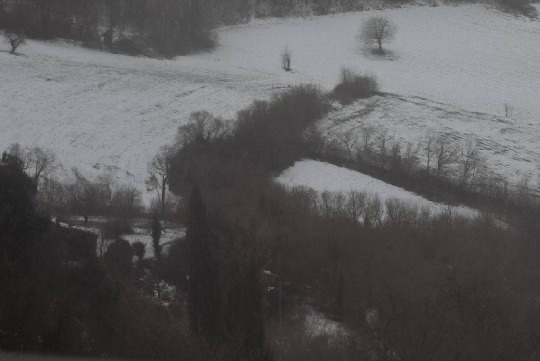

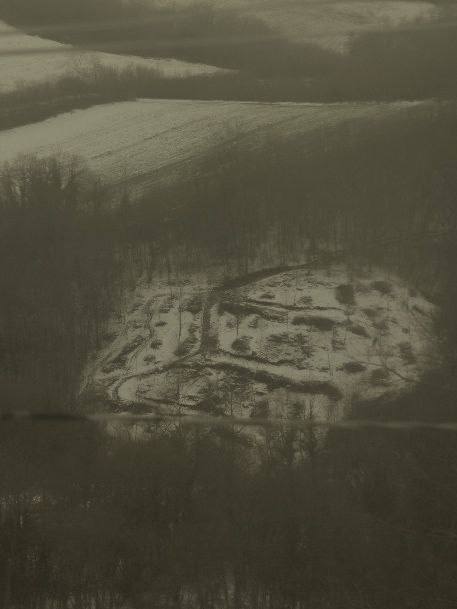
#snow#landscape#nature#winter#cold#vintage photography#retro#italian landscape#trees and forests#cottagecore#cozy cottage
26 notes
·
View notes
Text

#photoblog#italycore#aesthetic#napolicore#napoli#urban explorers#urban landscape#urban#italian landscape#plantwave#plantcore#soft aesthetic#italytravel#italia#citycore#sunny#sunshine#sun#architecture#architectureporn#urban fantasy#urban wildlife#urban photography#urban life#city#streets#cityscape#street photography#neoclassical#neoclassicism
10 notes
·
View notes
Text

The towers of San Gimignano. 🇮🇹 (Mixed media on paper)📓
#bell tower#medieval art#medieval architecture#medieval city#san gimignano#Florence#florence italy#italian landscape#italian language#plein air painting#plein air#study abroad#leaning tower of pisa#firenze#travel journal#travel diary#europe travel#travel italy#italy travel#italy trip#towers#tuscany#italian art#italian architecture#italian#roman architecture#roman art#gouache#gouache painting#art commissions 2023
21 notes
·
View notes
Text
Mesoraca, Calabria, Italy
Video by @muffahh
Follow us on Instagram, @calabria_mediterranea
#mesoraca#calabria#italy#italia#south italy#southern italy#mediterranean#italian#europe#landscape#italian landscape#landscapes#italian landscapes#vita lenta
24 notes
·
View notes
Photo


Alfredo Santini, series: Costiera Amalfitana, Late 80's
#Alfredo Santini#painting#oil painting#oil on canvas#cityscape#landscape#seascape#Amalfi coast#statue#Italy#italian landscape#art#20th century art#20th century#1980s
144 notes
·
View notes
Photo
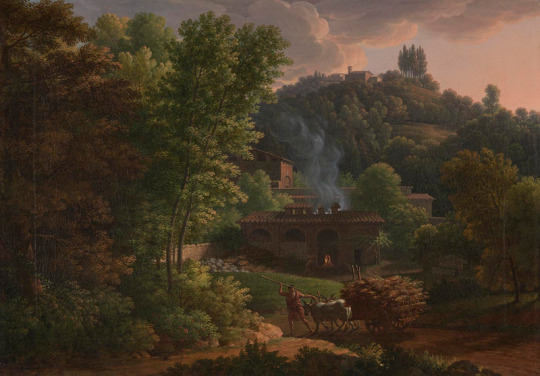
Italian Landscape, François-Xavier Fabre, 1811
#italian landscape#François-Xavier fabre#francois Xavier fabre#fabre#1811#1810s#1800s#19th century#neoclassical#landscape#painting#art
182 notes
·
View notes
Text
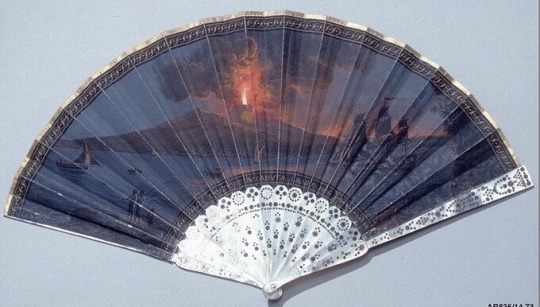
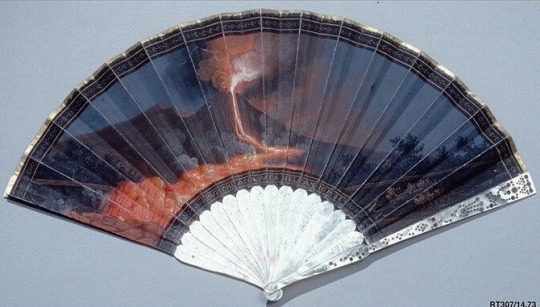
Folding Fan with a Representation of the 1806 Eruption of Mount Vesuvius
Italian
ca. 1815
#fan art#folding fan#italian art#italian artist#italian painting#mount vesuvius#vesuvius#volcanic eruption#volcanoes#commercial art#commercial painting#aesthetic#beauty#landscape#landscape aesthetic#natural disasters#italian landscape#art history#aesthetictumblr#tumblraesthetic#tumblrpic#tumblrpictures#tumblr art#tumblrstyle#artists on tumblr
46 notes
·
View notes
Text


Italian landscape
21 notes
·
View notes
Photo


View from high in the gardens of Villa Torlonia & Gardens and fountain of the Villa Torlonia (Frascati, Rome, 1881) by Oswald Achenbach
#Oswald Achenbach#art#19th century art#german art#german painter#Düsseldorf school of painting#landscape#italian landscape#Rome#Villa Torlonia#painting#oil painting#oil on canvas
160 notes
·
View notes
Text
Let's Talk About Food: 20 Latin Words and Their Italian Equivalents For Food
The influence of language on Italian gastronomy is profound and multifaceted, reflecting Italy's rich culinary history and its linguistic roots in Latin. The evolution of food-related language in Italy can be traced back to its Latin origins, showcasing how language and cuisine are deeply intertwined.
Latin Influence on Italian Culinary Terms:
Many Italian culinary terms derive directly from Latin, reflecting the historical and cultural continuity from the Roman era to modern Italy. These terms often carry more than just a linguistic legacy; they embody the culinary traditions and practices that have been passed down through generations.
Evolution of Food-Related Language:
The evolution of food-related language in Italy also mirrors the country's historical interactions, including trade and conquests, which introduced new ingredients and cooking techniques. These interactions often led to the adoption and adaptation of new words into the Italian culinary lexicon.
Let's explore some notable Latin words and their Italian equivalents related to food:
Latin: "Panis" (bread) Italian: "Pane"
Latin: "Vīnum" (wine) Italian: "Vino"
Latin: "Olea" (olive) Italian: "Oliva"
Latin: "Caseus" (cheese) Italian: "Formaggio"
Latin: "Caro, Carnis" (meat) Italian: "Carne"
Latin: "Piscis" (fish) Italian: "Pesce"
Latin: "Frūctus" (fruit) Italian: "Frutto"
Latin: "Lactuca" (lettuce) Italian: "Lattuga"
Latin: "Mēl" (honey) Italian: "Miele"
Latin: "Ovum" (egg) Italian: "Uovo"
Latin: "Piper" (pepper) Italian: "Pepe"
Latin: "Sāl" (salt) Italian: "Sale"
Latin: "Allium" (garlic) Italian: "Aglio"
Latin: "Pīra" (pear) Italian: "Pera"
Latin: "Māla" (apple) Italian: "Mela"
Latin: "Cucumis" (cucumber) Italian: "Cetriolo"
Latin: "Pulmentum" (porridge, food) Italian: "Polenta"
Latin: "Acetum" (vinegar) Italian: "Aceto"
Latin: "Fābā" (bean) Italian: "Fava"
Latin: "Hordeum" (barley) Italian: "Orzo"
These examples illustrate the direct lineage of Italian culinary terminology from Latin, showcasing how the language has not only influenced but also preserved historical eating habits and food traditions. This linguistic heritage is a testament to the enduring impact of Roman culture on Italian cuisine and reflects the broader cultural and historical narratives of Italy.
#food#italian food#italian cuisine#italian culture#italian language#italian landscape#romance languages#roman#latin#latin language#latin linguistics#learning latin#learning italian#gastronomy#food in europe
9 notes
·
View notes